Doing Cloud Migration and Data Governance Right the First Time
erwin
OCTOBER 8, 2020
Companies everywhere are building innovative business applications to support their customers, partners and employees and are increasingly migrating from legacy to cloud environments. But even with the “need for speed” to market, new applications must be modeled and documented for compliance, transparency and stakeholder literacy.









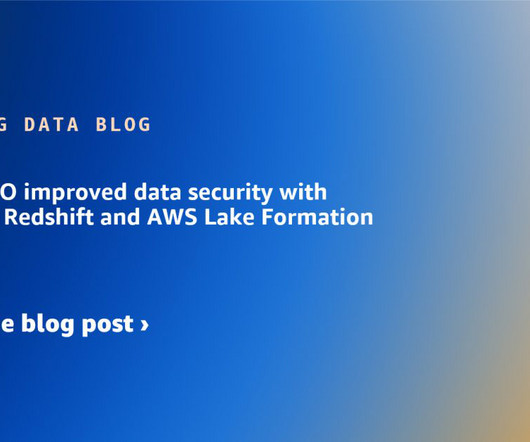

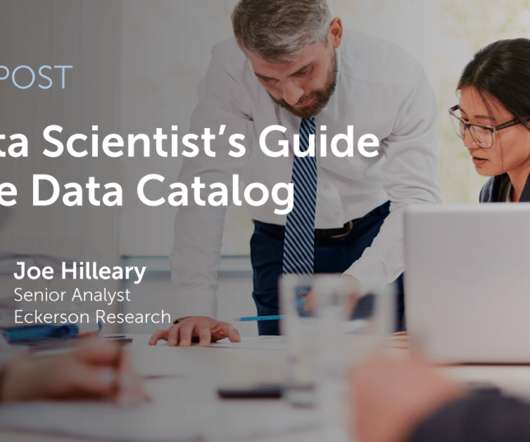
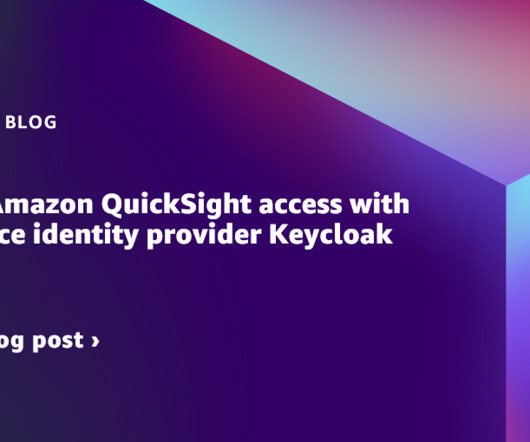
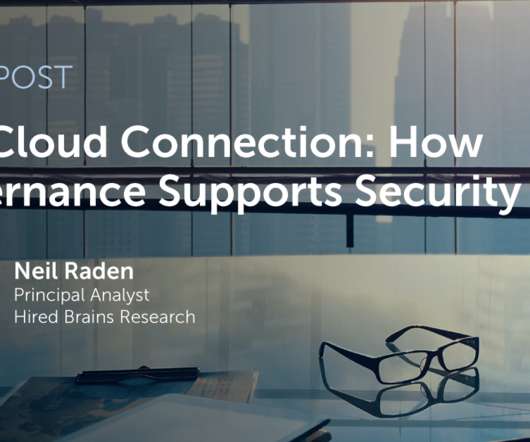


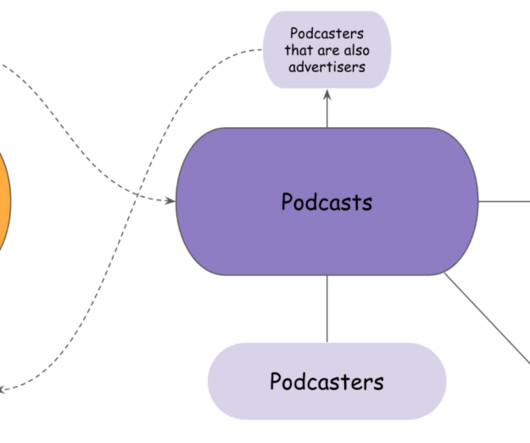



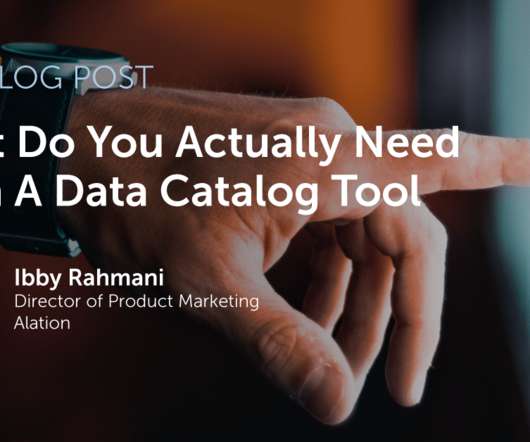
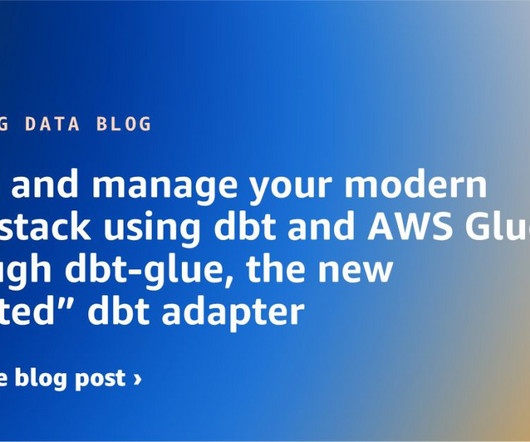











Let's personalize your content